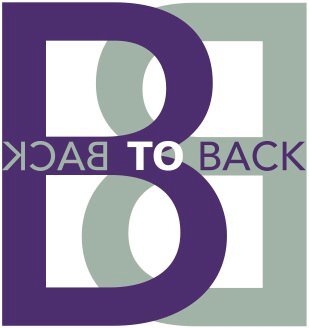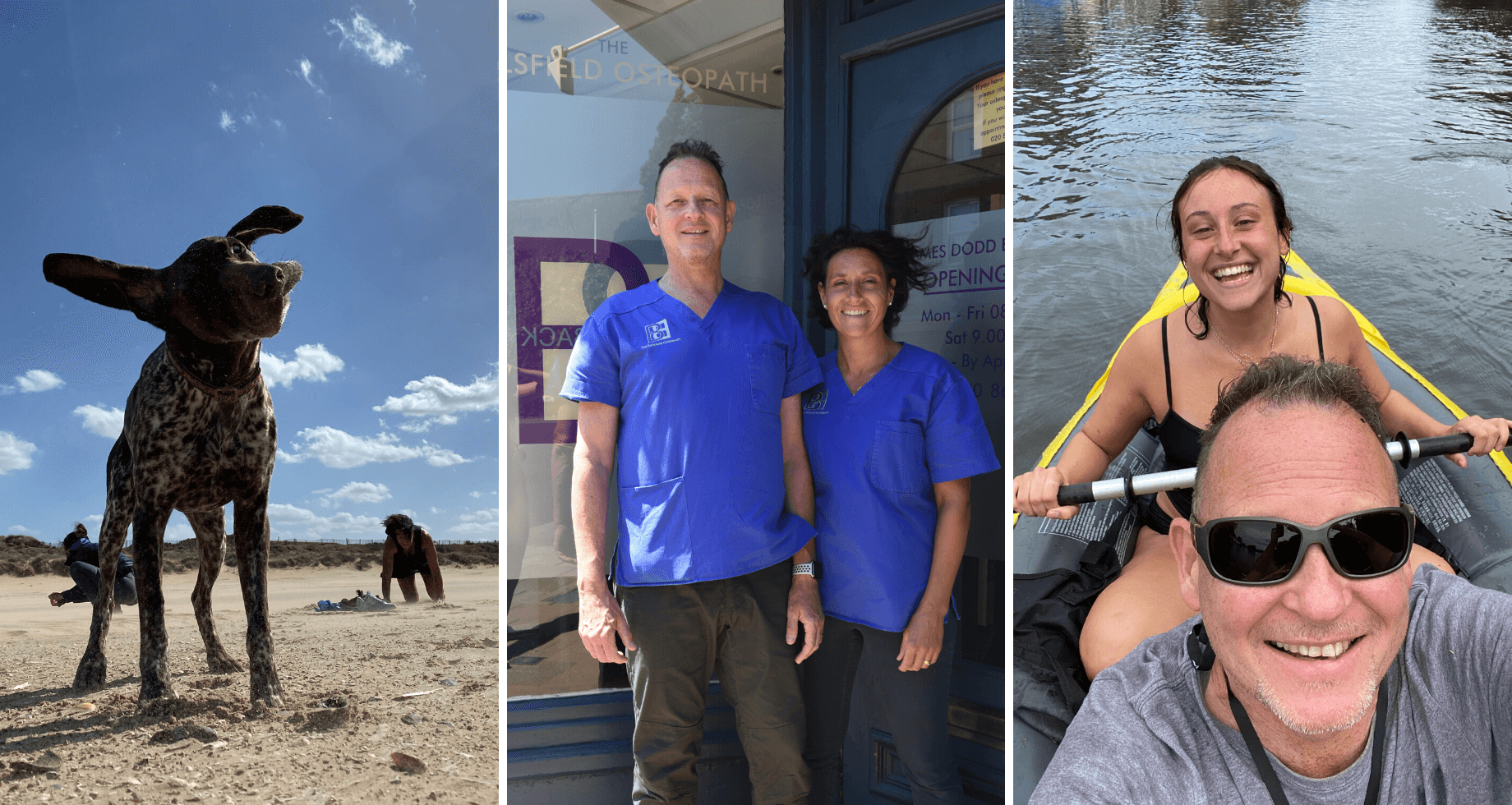Many people don’t know that they have osteoporosis until they sustain a fracture, often after a fall. Across the European Union in 2010, there were an estimated 43,000 deaths causally related to fractures! It is important to note that osteoporotic related fractures do not only affect women: one in five men in the UK over 50 years old break a bone due to low bone strength…. and it is interesting to know that men’s fracture related mortality is higher than women’s.
Read MoreDo you take paracetamol for your back pain?
One of the most important issues to understand here is WHY you have pain in the first place. WHAT has put your body in a position where it feels under threat? Pain is an OUTPUT from your brain and just by blocking that output you are not fixing WHY you have pain. Would it not be far better to get the WHY addressed and sorted?
Read MoreOn Easter day I read a great article by Lucy Fry in the Telegraph newspaper. Lucy’s areas expertise include health, fitness and lifestyle.
Her article (I cannot yet see an online link) was about the Martin brothers and how they work using 3d movement. Andrew is a Chiropractor and Matthew is an Osteopath and they both use functional movement as part of their assessment and treatment strategies.
Read MoreOther than the obvious: It’s free and pretty much predictable at what time you will get somewhere, walking also has great health benefits. If your doctor has no concerns, walking briskly is even better.
Read MoreResearch has shown that a course of acupuncture can reduce symptoms of headaches by more than 50% and in some people acupuncture has been reported to eliminate their symptoms altogether!!
Read MoreRunning is VERY different to walking and injuries for both need to be addressed differently. it is critical to be assessed correctly.
Read MoreNutririon tips for marathon runners…
Read MoreLower leg pain can come on for unseasoned runners or those that change their training routine too quickly without laying suitable foundations. This could be switching to lots of hill running or adding in more speed work.
Read MoreStudies have repeatedly shown the effects of long-term sitting are not reversible through exercise or other good habits. Sitting, like smoking, is very clearly bad for our health and the only way to minimise the risk is to limit the time we spend on our butts each day.
Read MoreSever’s Disease in children; the cause and treatment.
Read MoreA few years ago, one of our osteopaths Annie Fonfé did her final year dissertation on ‘Hypermobility Syndrome and Bruxism’ (teeth grinding or clenching). One of her questions she asked the patients was ‘did they or had they ever suffered with stomach problems or been diagnosed with IBS’. She found that a significant portion of hypermobile patients did indeed suffer with stomach concerns of some description.
Read MoreArthritis can affect people both physically and mentally and the pain it may cause can be extremely draining.
Read MoreTechniques between Osteopaths, Chiropractors and physiotherapists can differ hugely, but spinal manipulation is what we do best!
Read MoreA recent US study has recently found that “Musculoskeletal (MsK) conditions, arthopathies, injuries and pain are MORE common among statin users than among similar non statin-users.
Read MoreYou get great proprioceptive training for free if you do authentic Functional Exercise. Proprioceptors provide us with information about movement and the position of our head, limbs and body in time and space.
Read MoreI have been an Osteopath since 1999 and part and parcel of being an osteopath is having a thorough understanding of anatomy, biomechanics as well as medicine and pathology.
Read MoreThe first affiliated CrossFit (CF) gym was opened in Santa Cruz in 1995 and was founded and developed by the coach Greg Glassman. Over his years of watching the fitness industry, his idea was to create versatile athletes (gymnastics and weightlifting) through primal movements and intense training.
Read MoreIt is important that when testing the ROM available of the hip, it should be tested in normal function, upright (not just lying on a plinth) and with the hip in a flexed and extended position, since movement may be possible in one motion, but restricted into the other.
Read MoreTri-Plane Movement and Functional Training, these are both current words used to describe movement and training by the personal training and allied health professions (osteopath, physiotherapist, exercise physiologist and chiropractor). The health and fitness industry is going through yet another change, just like the swiss ball was the man of the moment in the 90′s, pilates and the core were the trend of the early 2000′s, many trainers and health professionals are now focusing on training movement rather than muscle, training functional exercises rather than non functional exercises, training groups of muscles rather than muscles in isolation.
Read MoreThey are the adductor brevis, longus, magnus oblique and magnus vertical. The brevis and longus attach onto the posterior medial part of the femur, not just on the medial part as most people talk about.
Read More




















